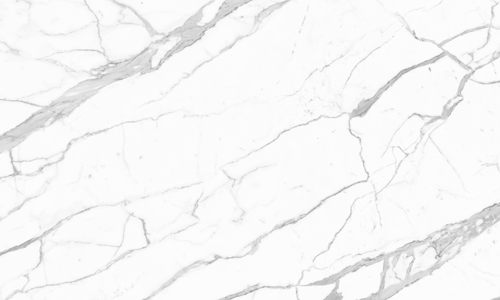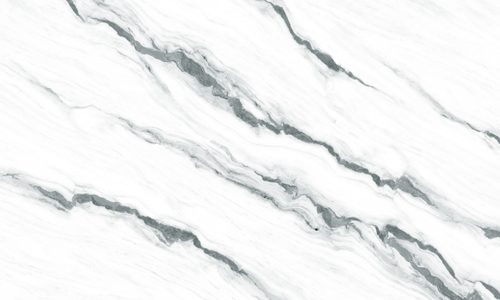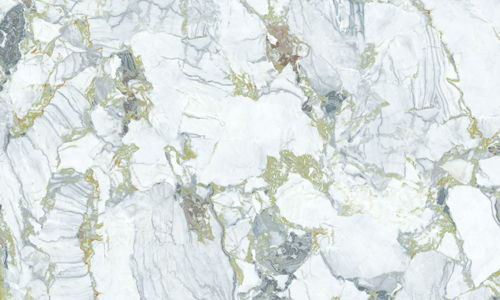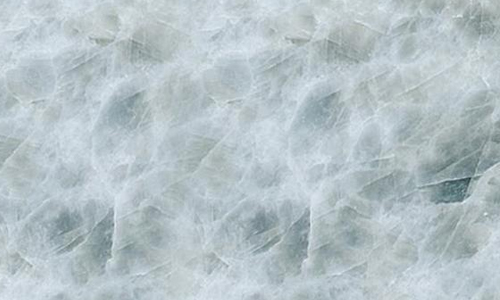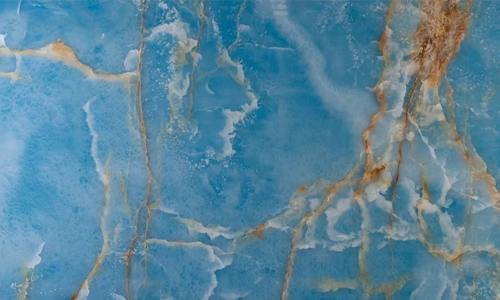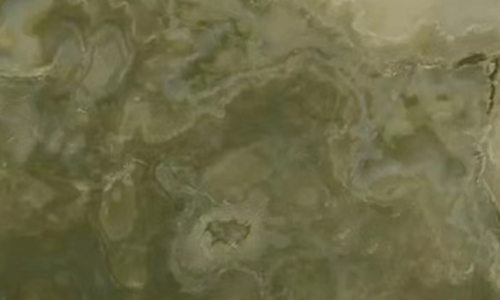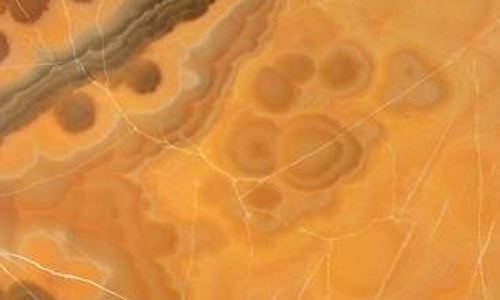Marble, often associated with the grandeur of ancient sculptures and iconic architecture, is far more than just a beautiful stone.
From Limestone to Marble: The Geological Journey
Marble starts as limestone, a relatively soft rock made primarily of calcium carbonate (CaCO3). The process that turns this humble rock into the iconic, crystalline stone we call marble takes place under intense heat and pressure deep within the Earth’s crust. When limestone is buried deep enough and exposed to the right conditions—heat from nearby magma or the compression from tectonic plate movements—it undergoes a process known as metamorphism. This means the rock’s mineral structure is altered, and new crystals begin to form.
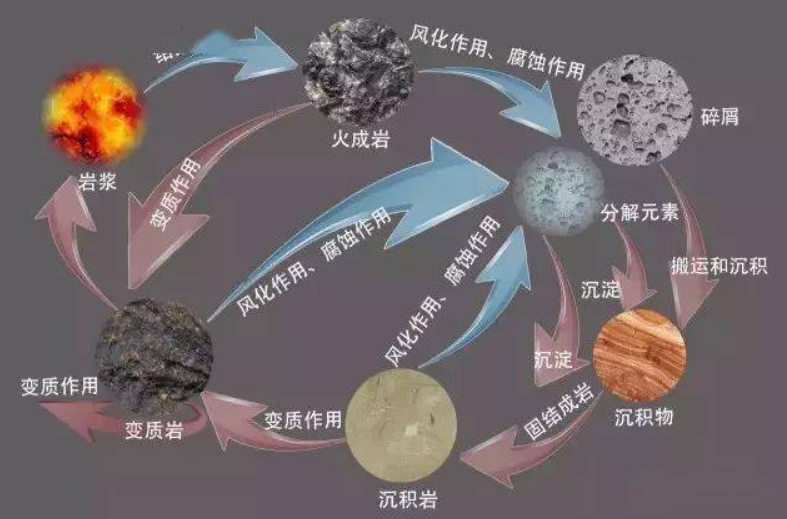
The most notable transformation is the growth of calcite crystals, which give marble its signature sheen and its fine-grained texture. Over millions of years, the pressure and heat cause the original minerals in limestone to recrystallize, creating the dense, compact structure that makes marble so durable yet workable.
It’s during this metamorphic process that limestone’s distinctive features—such as fossils or unique sedimentary layers—can be preserved in marble, adding character and history to the stone.
The Beauty of Marble: From Crystals to Culture
Marble is renowned for its elegance and is often used for sculptures, monuments, and buildings. But what gives marble its beauty? The high concentration of calcium carbonate in marble causes light to reflect off its smooth surface in a unique way, enhancing its luster. When polished, marble can shine almost like glass, showcasing its translucent quality. This makes it a favorite for artists and architects alike.
In addition to its aesthetic appeal, marble also comes in a variety of colors, from pure whites to deep greens, pinks, and even blacks. These colors are influenced by the presence of other minerals during the formation process. For example, iron oxide can impart a reddish hue, while serpentine can give marble a greenish tint.

Throughout history, marble has been prized for its ability to hold fine details when carved, making it the material of choice for some of the world’s most famous sculptures. The ancient Greeks and Romans were particularly fond of marble, using it in sculptures of gods and emperors. Perhaps the most famous example of this is Michelangelo’s David, a masterpiece carved from a single block of Carrara marble, considered one of the finest examples of Renaissance art.
Marble’s Physical Properties: Beauty Meets Strength
Despite its reputation as a soft and easily carved stone, marble is remarkably durable. Its strength comes from its crystalline structure, which gives it the ability to resist weathering and aging over time. However, it is more porous than granite, which means it is more susceptible to staining from acidic substances like wine, citrus, or vinegar.
Marble’s physical properties make it ideal for both artistic and architectural uses. In addition to being a popular material for sculptures and monuments, it is often used in flooring, countertops, and tiles. Its reflective quality enhances the appearance of any space, and its natural beauty lends an air of sophistication and timelessness to buildings and homes.

Interestingly, marble’s aesthetic and practical uses can also be linked to its ability to withstand extreme conditions. In ancient times, marble was used to construct temples and palaces because it could endure the harsh elements, from wind and rain to the wear of human activity.
The Quarrying and Crafting of Marble
Extracting marble from the Earth is a delicate and intricate process. Marble is usually found in quarries, where large blocks are carefully cut from the surrounding rock. Ancient quarries, such as those in Carrara, Italy, have been used for over 2,000 years, and the techniques for quarrying and sculpting marble have evolved considerably since then.
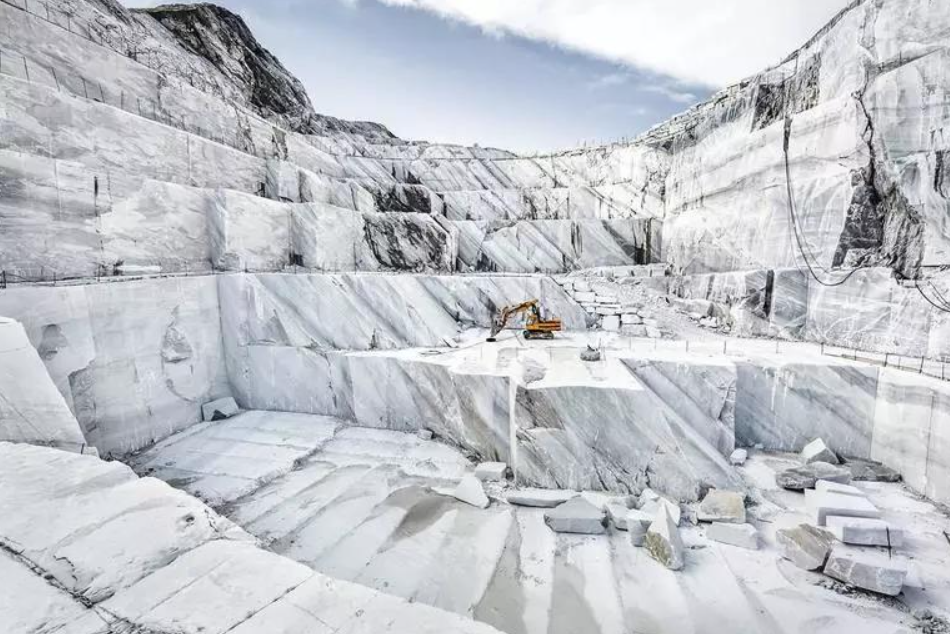
Modern marble quarrying involves using advanced tools and technology, including diamond saws and wire-cutting machines. Once the marble is extracted, it is often transported to workshops where it is cut into slabs for building materials or shaped into sculptures. The crafting of marble requires precision and artistry, as the stone is both tough and delicate. An expert sculptor or stone mason knows how to work with the material to bring out its natural beauty without damaging its delicate structure.
Marble’s Cultural Significance
Beyond its practical and aesthetic value, marble has deep cultural and symbolic significance. In many cultures, it is a symbol of permanence and beauty. In ancient Greece, marble was associated with the gods—temples and monuments were often constructed with the stone to honor divine beings. The Romans, too, used marble extensively in their grand architectural projects, such as the Pantheon and the Colosseum.
Its timeless beauty and versatility continue to inspire artists and architects, linking the past with the present.
Conclusion: The Timeless Allure of Marble
From its formation deep within the Earth to its use in some of the world’s most iconic buildings and sculptures, marble is more than just a rock—it is a symbol of strength, beauty, and creativity. Its ability to withstand the test of time, both physically and culturally, ensures that marble will continue to be a source of inspiration for generations to come.
Whether as a masterpiece in an art gallery or the sleek countertop in a modern kitchen, marble remains a testament to the enduring connection between nature and human innovation.
About Us
Jessie
Fortune East Stone
📧 Email: sales08@fortunestone.cn
📞 Phone: +86 15880261993
🌐 Websites: www.festonegallery.com | www.fortuneeaststone.com


